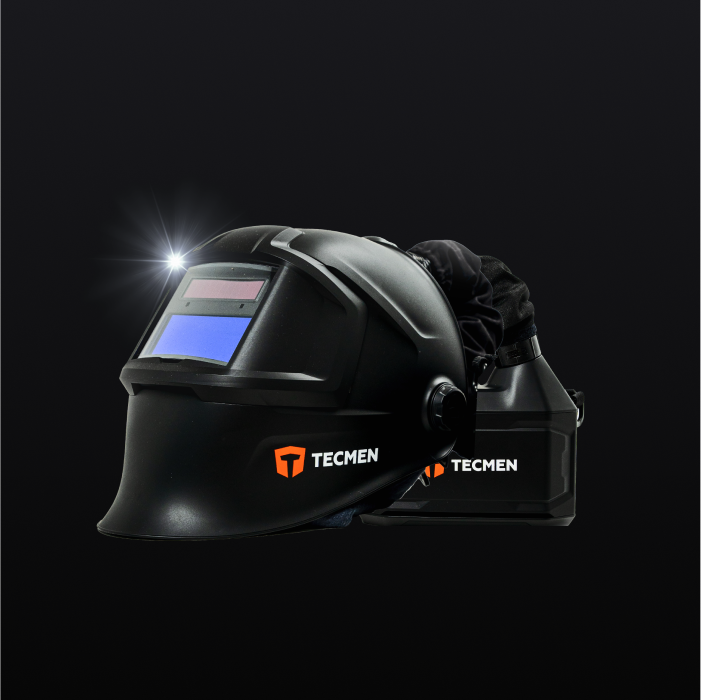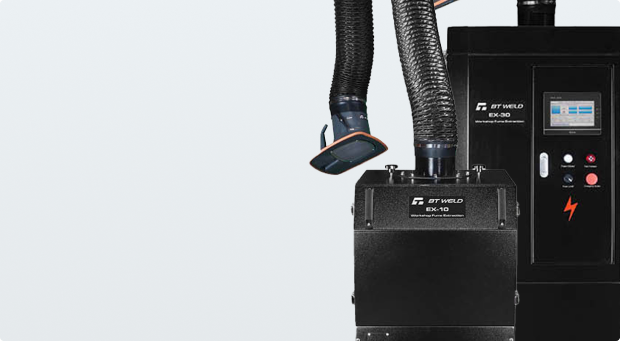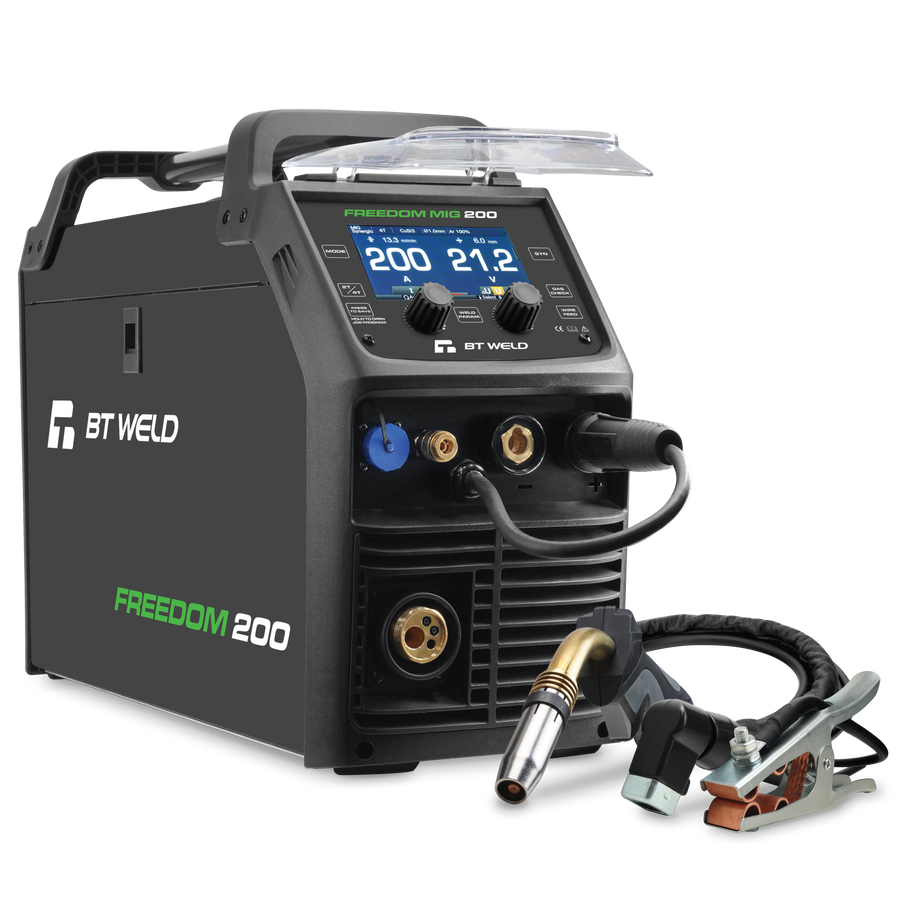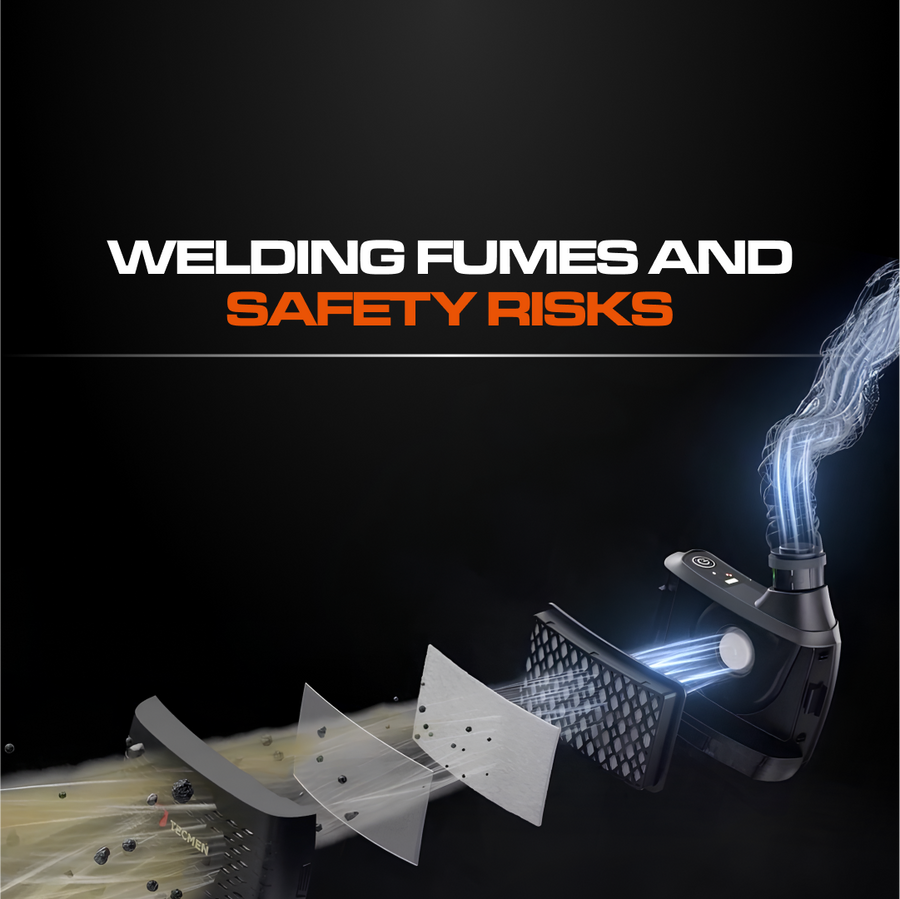Welding is an essential part of many industries, but the dangers of inhaling welding fumes are often overlooked. Mark Hayward, a former apprentice welder, recalls a time when he was exposed to hazardous fumes while working with galvanized steel. He suffered from chills, fevers, and sweats, but was told by his employer to simply "have a cup of milk" to feel better. It wasn't until later that he learned the long-term health risks of repeated exposure.
In 2017, welding fumes were classified as a Group 1 carcinogen, meaning they can cause cancer in humans. Research by Curtin University revealed that many welders are exposed to these harmful fumes at least once a week, with 90% of those surveyed experiencing exposure, and 76% at levels deemed dangerous to health. Long-term exposure increases the risk of lung cancer, respiratory issues, and neurological disorders.
The statistics are alarming—an estimated 46,000 welders are exposed to carcinogenic fumes weekly in Australia alone. While safety measures are improving, such as the introduction of stricter regulations limiting exposure to welding fumes, workers in rural or offshore areas and industries like mining still face higher risks. The lack of adequate ventilation and protective equipment, such as air-supplied welding helmets, remains a serious concern.
In fact, only 19% of workplaces use sufficient ventilation, and many employers neglect their responsibility to protect workers from these hazards. As welding becomes an integral part of construction, mining, and manufacturing, proper safety measures, including ventilation systems and respiratory protection, are more important than ever.
One solution that can help manage workplace safety is the paper recman system. This system enables businesses to maintain compliance with safety regulations and manage worker health more effectively by tracking exposure levels and ensuring workers have access to the proper safety equipment. By integrating this system, businesses can reduce the risks associated with welding and other hazardous tasks, ultimately protecting workers and investing in their long-term health.
The risks posed by welding fumes should not be underestimated. It's essential that businesses prioritize worker safety and implement systems that can monitor and manage these risks, ensuring a safer, healthier work environment for everyone involved.












